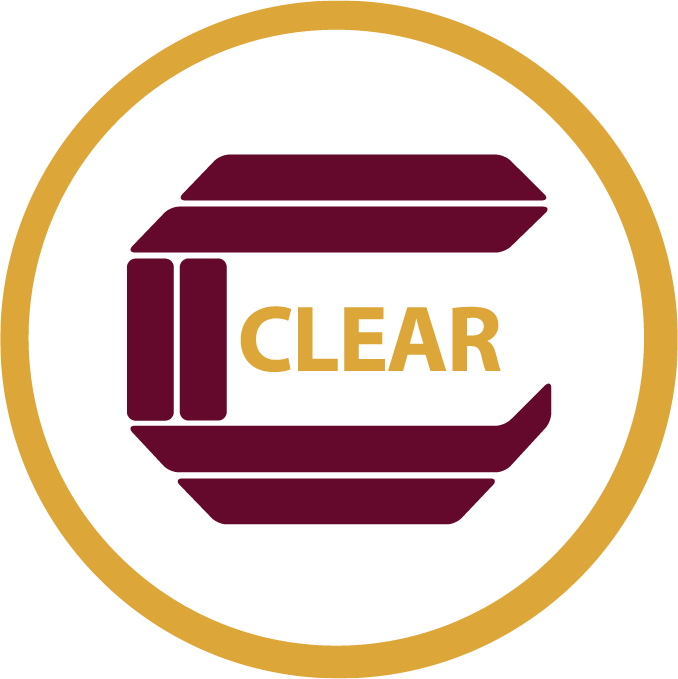Advantages of Telepractice and Barriers to Effective Practice
|
The Advantages of Telepractice |
Barriers to Effective Telepractice |
|
May reach underserved populations (rural, inner city, global) by providing access to health personnel. |
Lack of face-to-face contact between patient and practitioner may reduce or be perceived as reducing the quality of care. |
|
Improves the quality of health care by enabling patients to remain at home and be monitored while in contact with their primary care and specialist practitioners. Reduces the need for seriously or chronically ill patients and their families to make long trips to see practitioners. |
Puts confidentiality, transmission and storage of health records at risk. |
|
Optimizes the use of health care personnel and expertise. For example, caregivers can engage in long-distance learning, so that continuing education is provided easily and frequently. Increased contact with peers can lessen the isolation of rural practitioners. |
Technical systems and infrastructures are still underdeveloped and expensive; variations in systems create incompatibilities that may jeopardize the reliability and accuracy of practice. |
|
May result in more timely, cost-effective provision of services. |
Organizations may use it to provide lower-standard care to save money. |
|
As the technology improves and the cost decreases, many services can be delivered using regular telephone lines. |
Benefits have not been demonstrated; only a few evaluative or outcome studies are available. |
|
Builds on aleady accepted practice of mail and telephone consultation, both of which frequently cross licensing boundaries. |
Regulatory systems are not yet in place to allow victims of malpractice to seek redress against practitioners in other jurisdictions. |
|
Enables organizations to keep down health care costs to the consumer. |
There are indications that most health care practitioners oppose delivering services via telepractice. |
|
Provides an option for consumers; anecdotal evidence indicates their acceptance of this approach. |
There is no evidence that information obtained via new technology is superior to information obtained via telephone and facsimile. |
|
May enable sharing of health information throughout the world. |
Primary caregivers may not receive anticipated continuing education from specialists. |
|
Could be an essential part of a national disaster recovery system. |
Systems are not in place to protect the supporting long-distance health care delivery infrastructure against national disasters. |
